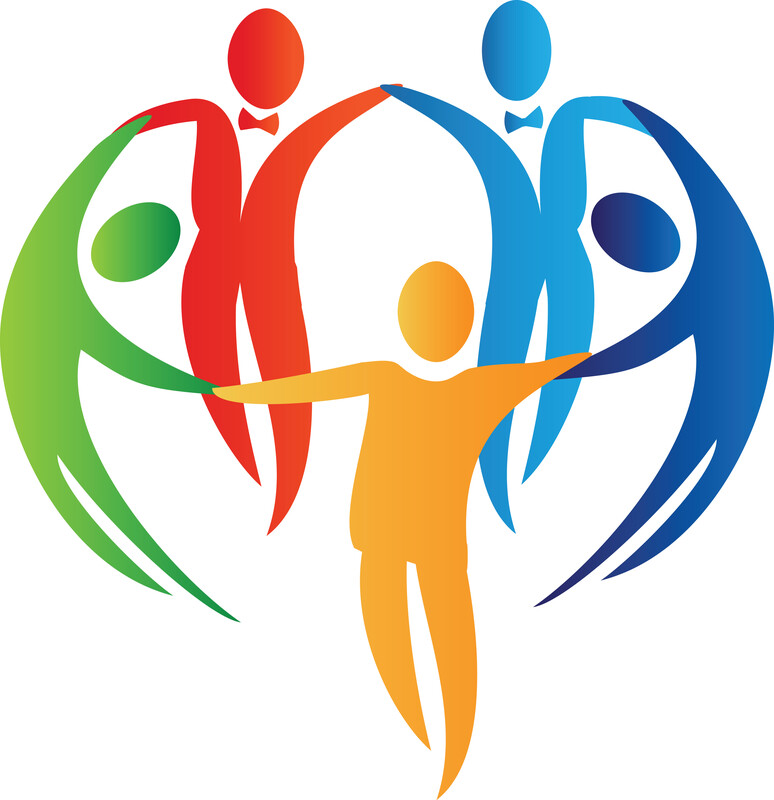 Meetings: From Deadly Dull to Delightfully Dynamic!
Meetings: From Deadly Dull to Delightfully Dynamic!
We aspire to lead meetings marked by inclusion and engagement, where energy and excitement bubble and brew. Our aim is to create a space where every individual feels safe to bring their best, fostering an exchange of diverse ideas that results in enhanced thinking. Cultivating inclusive and engaging practices across every facet of your nonprofit propels you toward the vision of diversity: fostering better thinking, yielding superior results, and contributing to a better world.
Regrettably, we often find ourselves in the opposite scenario – in dreary meetings where presenters drone on endlessly, drowning participants in PowerPoint slides cluttered with bullet points only visible to those with 20/15 vision. These meetings fail to recognize the wisdom and life experience of attendees, leaving little room for authentic interaction or the expression of alternative viewpoints.
Breaking the Mold: Deadly Dull N eed Not Be
eed Not Be
However, deadly dull meetings need not be the norm. The key lies in incorporating ample opportunities for engagement. To achieve this, we must critically evaluate the meetings we lead. Do we design them for inclusion, or do we adhere to outdated formats that favor the verbose, those high on the organizational chart, and the culturally dominant?
Evaluate for Inclusion
Meeting facilitators can play a pivotal role in building engagement by evaluating meetings for inclusion. As a meeting nears its end, in addition to summarizing outcomes and next steps, ample time should be dedicated to evaluating how the meeting included and engaged everyone – or not.
The goal is threefold:
Enable planners to design better, more inclusive meetings.
Inform meeting participants that their voices matter.
Move beyond lip service to diversity by drawing out the unique perspectives and life experiences of each participant.
Conduct an Inclusion Survey
At the end of the meetings you facilitate, survey your group with the following questions:
- The meeting’s design for including each person was clearly outlined and owned by the whole group.
- The meeting provided a respectful environment for the free and open expression of ideas, beliefs, and opinions.
- What percentage of time was spent on listening to presentations versus engaging participants?
- How many opportunities were provided for everyone to safely share ideas regardless of rank, position, background, or culture?
- Were meeting configurations used that maximized participation, such as meeting in pairs, threesomes, and foursomes, as well as meeting as a whole group?
Live Diversity’s Dream by Including
Before concluding the meeting, share the survey results and reflect on how inclusion and engagement can be strengthened. Consistent evaluation will help build inclusion into your organization’s culture, bringing the dream of diversity, better thinking, and better results one step closer to reality.
About Mark Smutny and Civic Reinventions, Inc.
I’m a nonprofit consultant specializing in conflict resolution. I’m a professional facilitator, diversity and inclusion specialist, webinar and workshop leader, author and Founder of Civic Reinventions, Inc. I work with nonprofits in human services, health and wellness, transportation, affordable housing, homelessness services, business and residents’ associations, civic advocacy, and faith-based organizations. I facilitate planning retreats and strategic plans and lead workshops and webinars that teach inclusive meeting practices rooted in the values of empathy, social justice, and the dignity of all.
 My book, Thrive: The Facilitator’s Guide to Radically Inclusive Meetings, 2nd ed., provides powerful tools to hear all voices and perspectives for greater productivity and mission success.
My book, Thrive: The Facilitator’s Guide to Radically Inclusive Meetings, 2nd ed., provides powerful tools to hear all voices and perspectives for greater productivity and mission success.
If you need assistance strengthening inclusive practices in your nonprofit, send me an email mark.smutny@civicreinventions.com or call 425-405.5615. Tell me about a challenge you are facing, a pain point, or a story of success. I will answer each inquiry personally.

